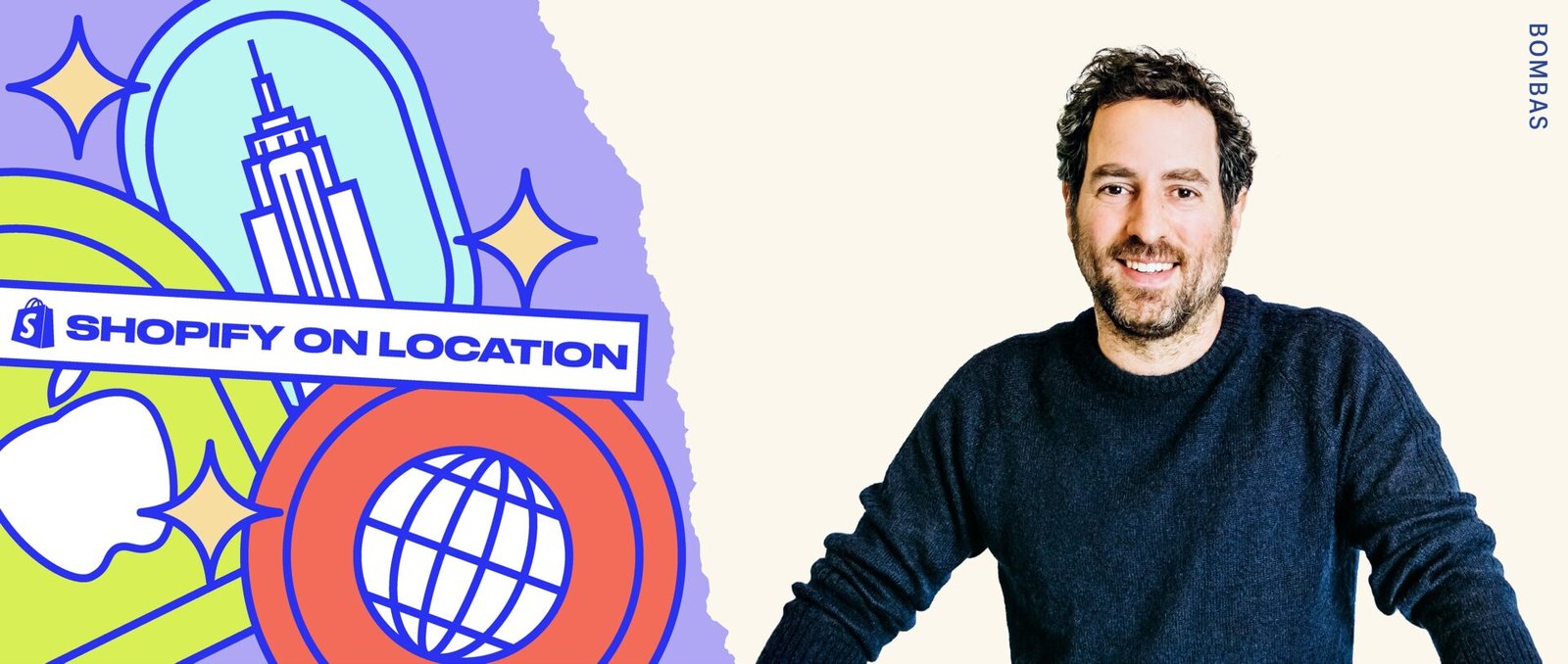Many brands launch with the hopes of making a difference, but very few are able to give back and be profitable, too. Sock brand Bombas, on the other hand, developed a blueprint for this model.
Since launching in 2013, Bombas has donated more than 100 million pairs of socks and other clothing essentials to those in need. By focusing on community first and product second, Bombas sparked conversations nationwide while growing into a multimillion-dollar business.
Bombas co-founder Randy Goldberg shares how the brand grew into a profitable business while prioritizing social impact.
Don’t miss an episode! Subscribe to Shopify Masters.
Prioritizing community
To build a brand that makes a real difference, it’s important to prioritize the needs of the people you are trying to serve. Randy and his co-founders discovered socks were among the most requested items in homeless shelters, and felt compelled to help. “We didn’t think there was a business idea at first,” says Randy. “We just thought, How can we solve this problem in our community that we just found out about?”

Taking the community-first approach allowed Bombas to find a gap in the market and build a brand that focused on providing socks to people facing homelessness. “As we bought socks and donated them, we interacted with more people who were experiencing homelessness and started to realize there’s a business here,” Randy says.
Focusing on product quality
When it came time to develop their product, Randy wanted to design the best sock possible. He wanted people to buy Bombas socks not just for a good cause, but because they loved the quality as well. Randy says he thought, “Maybe if we redesign socks and make something amazing then we can help solve a problem in our community.
“I bet a lot of other people don’t know about [this problem] either, and they’ll be interested in contributing to it, especially if our product is great.” Adding a great product to an already strong mission to drive social change helped the brand grow and make more profit over time.

Connecting with local resources
Today, Bombas has around 3,500 giving partners across 50 US states, but it started with just one. “We’d Google, ’sock donations’ [and start] building up a network of both small and large organizations,” Randy says.
It’s important to build relationships with giving partners that support the work you’re trying to accomplish, because their perspective is extremely important. The local resources can share new needs, and even updated language you can use to educate your customers.
“We used what they had to say to update our website, and improve the manufacturing and distribution process,” Randy says. Allowing the local organizations to influence your business model will help your brand make it through the long haul and overcome any changes to the industry at large.
Gathering feedback from the community
When it comes to building a profitable business that still makes an impact on those in need, it’s important to continue checking in with the community you’re trying to serve. “We don’t just talk to the shelters and the organizations that support and donate our products, we have lots of conversations with people who we meet on the subway, the streets, or a friend of a friend who is facing a hard time,” Randy says.
This approach helps the team not only develop empathy and compassion, but also guide the way Bombas approaches donation operations.
After connecting with local giving partners and the community, Bombas expanded into underwear and t-shirts, some of its other highly requested items.
Bombas’ model of focusing on community, product quality, and local partners helped the brand establish a profitable business that makes real change.
To hear more of Randy’s advice and discover Bombas’ strategies for branding and marketing, tune in to the full Shopify Masters episode.

